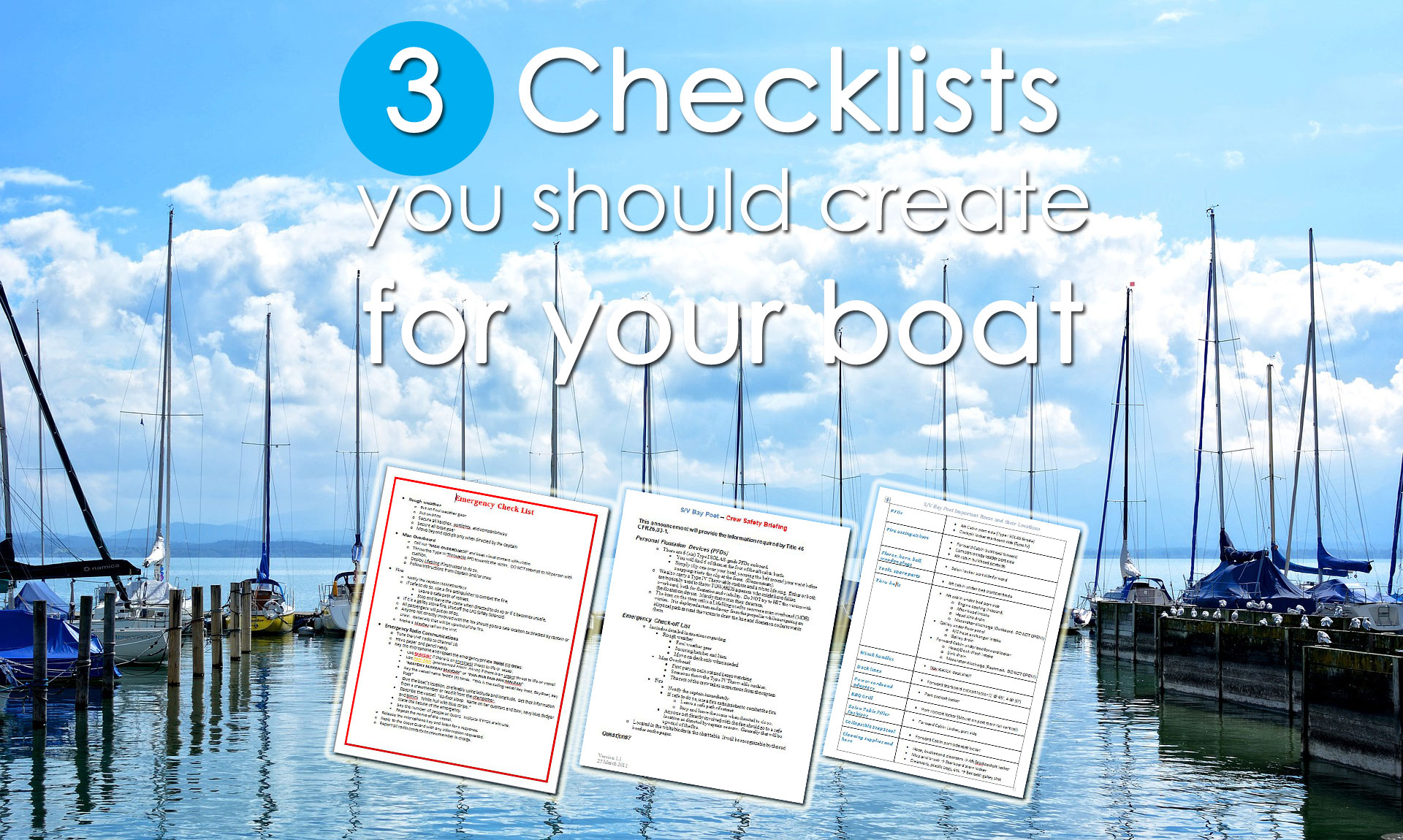
In my last article on boat checklists, I identified reasons why one might want to use various checklists and how to create and use good checklists for your boat. I also pointed out that creating a checklist can be as helpful as referring to one. A few types of lists were mentioned, but generally better checklists are customized to your boat or to your situation.
In this article, I will delve into 3 important boat checklists and make suggestions for items in the lists and specifics you’ll want to include on your boat.
1. Crew Briefing Checklist
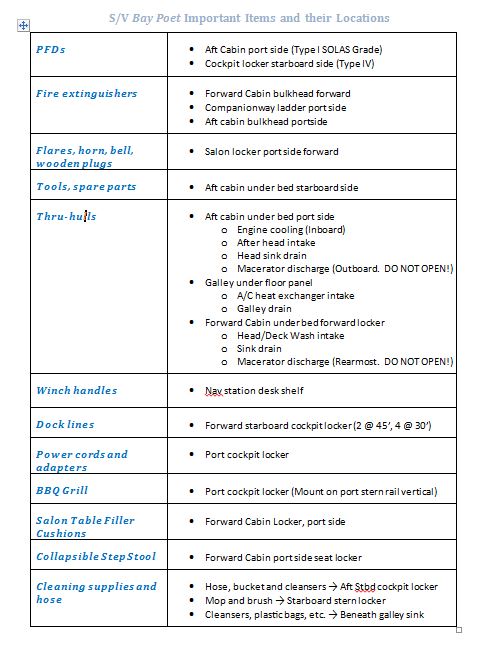 We have all had friends and family join us for a day, a weekend, or a week. For the comfort of your guests and your peace of mind, you should brief your guests about the boat, where things are, procedures, and what not to do. Do this before you even start the engine. Sometimes you will want to do this almost as soon as you board the boat.
We have all had friends and family join us for a day, a weekend, or a week. For the comfort of your guests and your peace of mind, you should brief your guests about the boat, where things are, procedures, and what not to do. Do this before you even start the engine. Sometimes you will want to do this almost as soon as you board the boat.
Everyone should be told where the PFDs are and how to put them on. The skipper should approach the topic not with a context of emergency or fear but as just normal procedures. As part of the briefing, spontaneously give permission to your guests to wear a PFD at any time they want to do so. However, there may be times where the skipper must insist everyone wear one (i.e., rough conditions or any emergency on board).
Next a discussion of man overboard procedures should be had. Identify the lead members of the crew and the one who will take charge of the crew during the recovery. It may be the skipper but the point to be made is that instructions are to be followed immediately unless there is a situation of which the skipper is not aware that would create a hazard to the victim or the crew. This would be a good segue to ask the guests to notify the skipper or a crewmember of anything that they perceive as significant to the operation of the vessel (lines dangling over the side, odd smells, floating debris, smoke or water down below, etc.). This serves to give your guests a sense of participation and empowerment through their participation.
You should also point out the location and some of the contents of your first aid kit. (You DO keep it well stocked and up to date. Right?) As with the PFDs, encourage people to use what they need. The supplies are relatively inexpensive to replace. A comfortable and relaxed guest is a safer guest and vice versa.
Everyone dreads having a guest clog or otherwise misuse a head on the boat. The best way to forestall that is to manually demonstrate the operation of the head. This is vital whether it is a manual pump flush, an electric flush, or a vacuum flush. Get your guests accustomed to the sights and sounds of operating a marine head. Give them the calamitous warning about ONLY bodily waste and minimal toilet paper. As a memorable and effective warning, this may be where you pull out the “reserve head” (i.e., bucket) to emphasize your warnings.
Resources aboard ship are always limited, whether it is power, water, or waste capacity. I like to use the analogy of a city that provides these services to its citizens and then note that a boat is a like a city but with limited capacity in its resources, particularly if the residents (crew and guests) are careless in how they use and manage their resources. People should not leave lights on when not needed. The head does not need to be pumped 50 times. Do not let the faucets run if water is not actively in use.
Lastly, demonstrate the use of the most common items on board. This includes winches on sailboats, the ship’s radio, and galley appliances. Depending on how often you host non-boaters aboard, you may consider posting printed directions near the various fixtures and appliances.
2. Emergency Checklist
 In concert with the Crew Briefing checklist, you may also want to create an Emergency checklist to address the most common or most worrisome emergencies like man overboard, fire, and medical emergencies. In the case where you may be the only experience on board, this checklist should be painfully pedantic and plain-speaking in its information.
In concert with the Crew Briefing checklist, you may also want to create an Emergency checklist to address the most common or most worrisome emergencies like man overboard, fire, and medical emergencies. In the case where you may be the only experience on board, this checklist should be painfully pedantic and plain-speaking in its information.
One example of this is operating the VHF radio. You may want to indicate that one must release the push-to-talk button to hear a response. While you may want to distinguish between Mayday, Pan-Pan, and Securité calls, it is good to state that:
a) IF someone has gone overboard,
b) IF the skipper is not available or capable to make or direct a call, and
c) IF there is any threat to the integrity of the vessel (taking on water, fire, imminent capsize), it is ALWAYS a Mayday call.
Your Emergency Checklist should have a literal script for someone to read as they are making the call. Remember that in emergencies, people…and particularly self-identified victims…will have an extremely difficult time thinking clearly and making good judgments. Do them and yourself a favor by removing the burden of knowing what to say on the radio.
Bay Poet is documented for coastwise trade and therefore, safety and crew briefing and emergency checklists are required as well as waste handling instructions. (46 CFR 26.03-1 through 46 CFR 26.03-3) The border of the Emergency checklist is outlined in a thick red line to make it obvious among the boat papers and it is placed near the front of the binder. Your vessel may not require one but it is nonetheless highly advisable to create one for your boat. You actually may want to have copies available throughout the vessel.
3. General Procedures Checklist
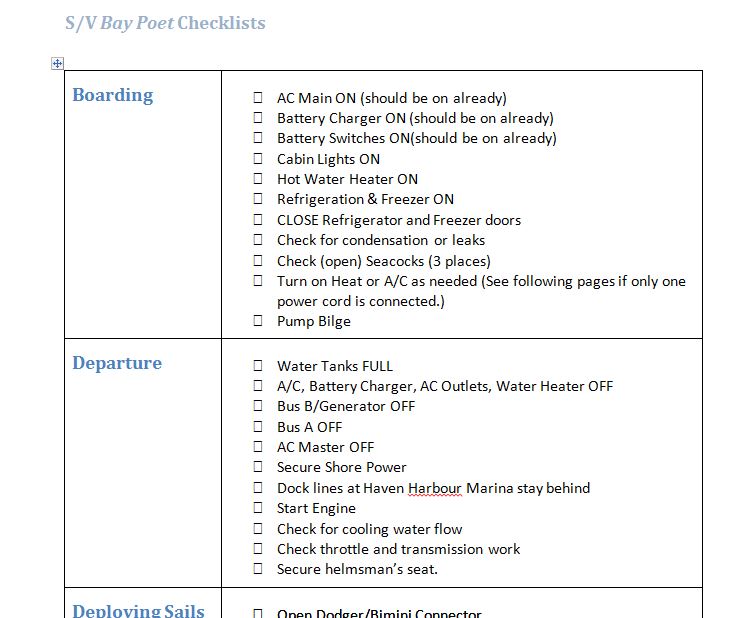 To avoid the embarrassment of pulling out before you have disconnected shore power or to keep from wondering if you closed the valve on the propane tank after you get halfway home, a general procedures checklist can help prevent those situations. In time, you may internalize the various things to be done but creating the list and referring to it will help commit those tasks to memory.
To avoid the embarrassment of pulling out before you have disconnected shore power or to keep from wondering if you closed the valve on the propane tank after you get halfway home, a general procedures checklist can help prevent those situations. In time, you may internalize the various things to be done but creating the list and referring to it will help commit those tasks to memory.
What do you need to do upon boarding? Power up your AC panel? Get the heat or air conditioner turned on? What about the refrigerator. You may also want to check for condensation and leaks. (It IS a boat after all…) I am sure you have a specific sequence you like to follow. Write it down.
Before you leave on your cruise, have you filled your water tanks? Did you disconnect shore power and reconfigure your power panel for 12 volt input? Do you check your throttle and gear shift linkage before pulling out? Do your dock lines come with you or remain at your home marina?
At the end of the trip, don’t forget to empty the holding tanks and refill the potable water tanks. Do you need to add a little bleach or baking soda? Secure your gear. Set up your shore power. Leave the boat clean, dry, and empty. But what do each of those steps entail on your boat? I still sometimes have to double think if I closed the propane bottle and put the fenders out. Fortunately, I run through my list in my head as I am sitting in the parking lot at Haven Harbour.
My list also includes the detailed steps to deploy the mainsail and how to convert the salon table to a double berth. Remember that your checklist may be useful to others when you are not around or available.
YOUR Checklists
Identify what checklists you want or need to use. There can be:
- Crew and Safety Briefing
- Emergency procedures
- General Procedures
- Trip planning steps
Then determine to what level of detail each list should go. That decision may depend on who will use the checklists and who may be in the briefing audience. You might even want to consider sending the briefing checklist and a packing list to your guests in advance so they know what to expect and to allow them to articulate relevant questions before the trip. Take your time in writing the list and have someone review it for completeness and comprehension. I would suggest that you want both a competent boater and a lesser experienced person to review your list to get those two different perspectives.
Using checklists can make your cruising weekends more relaxed for you and your guests. The very act of creating a checklist is the first step to establishing those good and regular habits that you need for safe and comfortable boating. It will make you a better boater and your guests will be more enthusiastic and appreciative given how much forethought you have put into their experience.
Capt. Rob Chichester helps clients create and use checklists for their own boats. He can also make available charter boat check lists to use on a charter anywhere in the world. For more information on this or any other marine service offerings, visit http://www.chesapeakeflotillas.com.
Trending Now: Must-Have Boat Gear for Your Boat Life
Trending Now: Custom Boat Decor
-
Boat Pillow with Boat Name & LAT LONG Coordinates
Quick ViewBuy on Etsy -
Boat Pillow with Boat Name & LAT LONG Coordinates- Black
Quick ViewBuy on Etsy -
Coastal Blue Stripes Bathmat with Anchor & Boat Name
Quick ViewBuy on Etsy -
Custom Boat Mat with Boat Name & LAT LONG Coordinates
Quick ViewBuy on Etsy
Disclosure: This site may contain links affiliated with companies where we receive compensation. Also, as an Amazon Associate we may earn from qualifying purchases we refer but it does not impact the price you pay. Full disclosure policy.

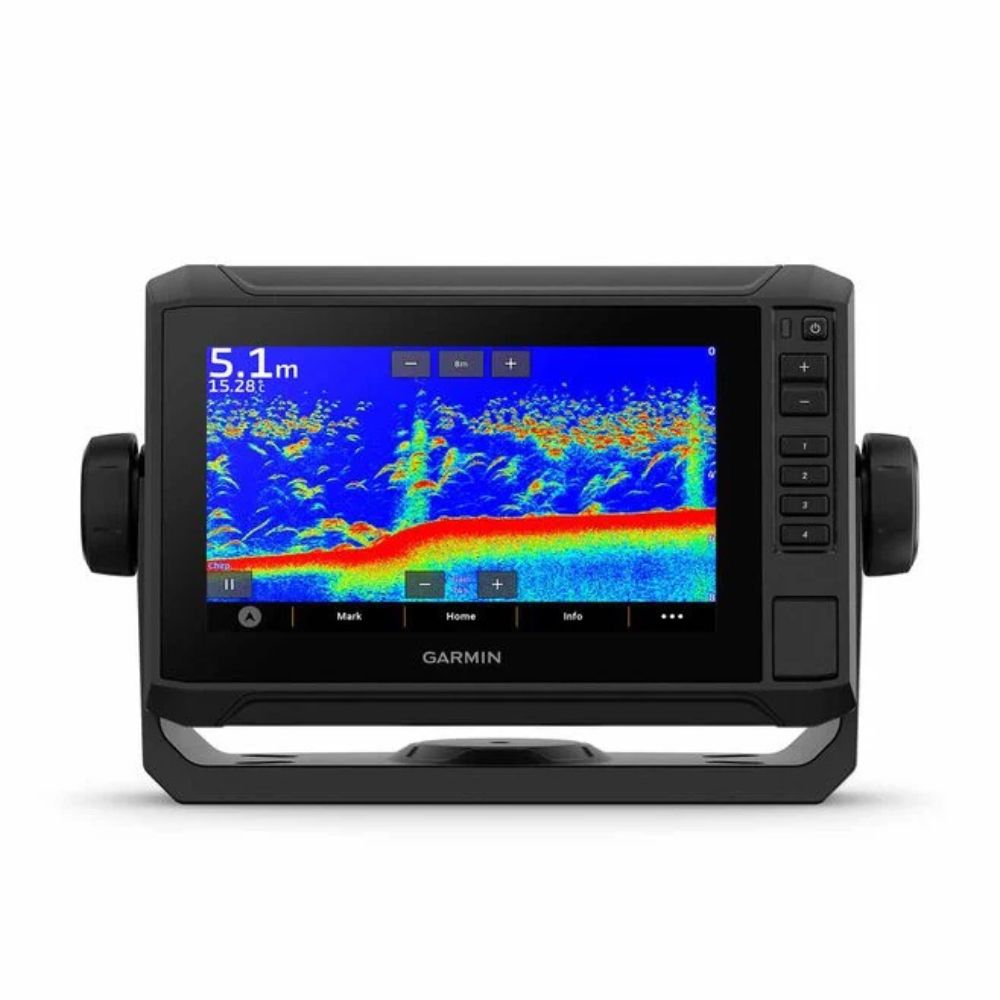
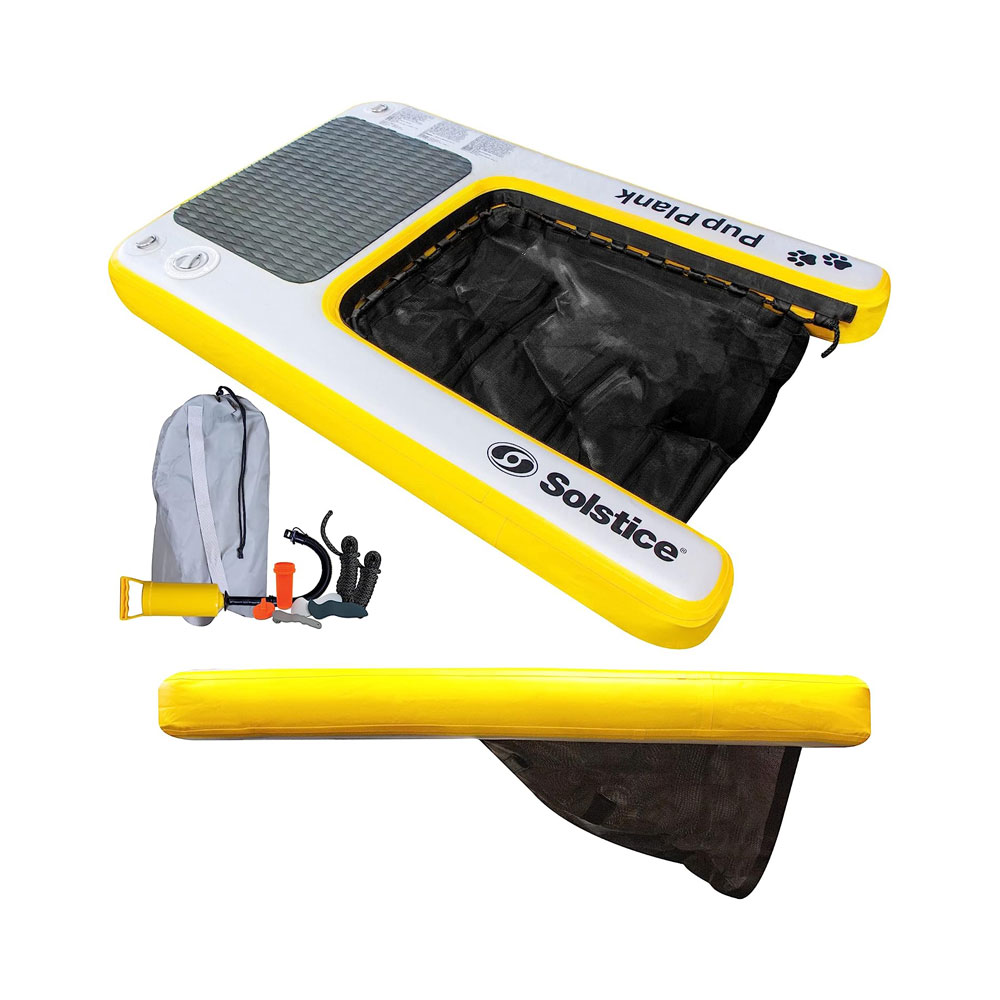
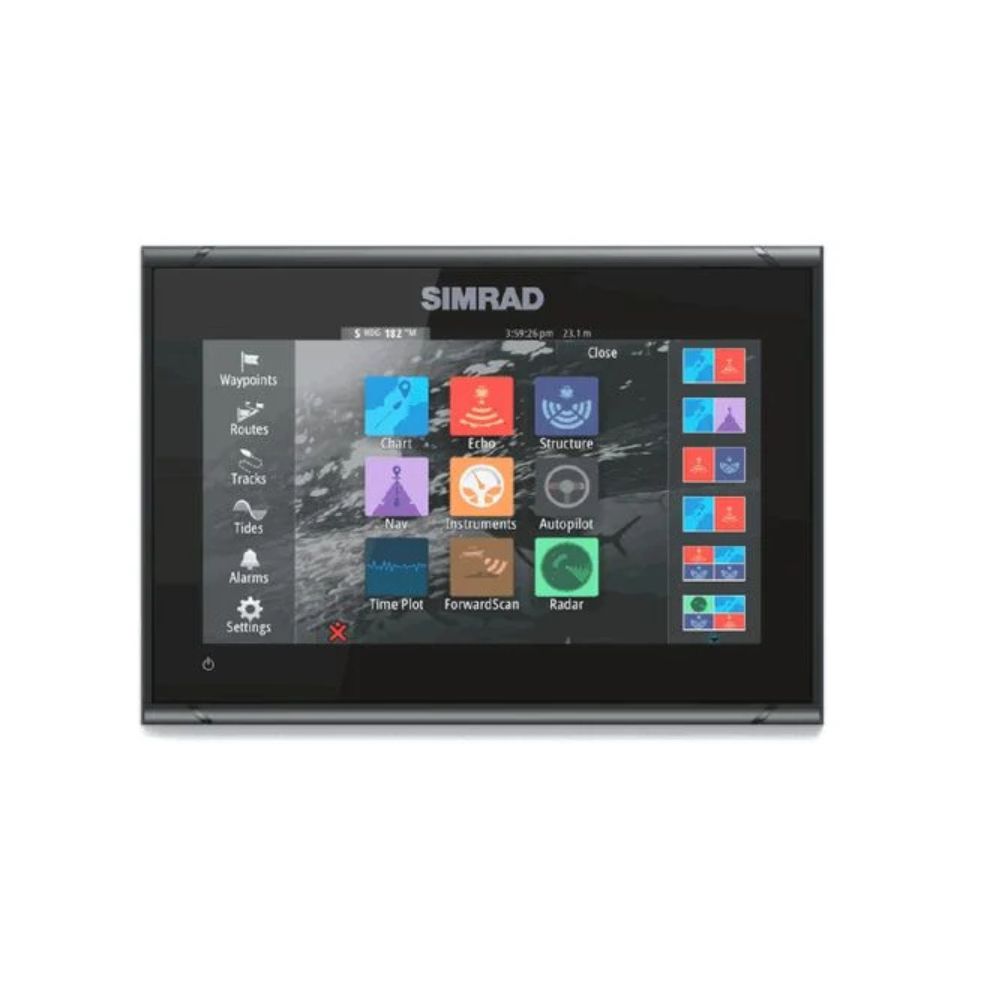
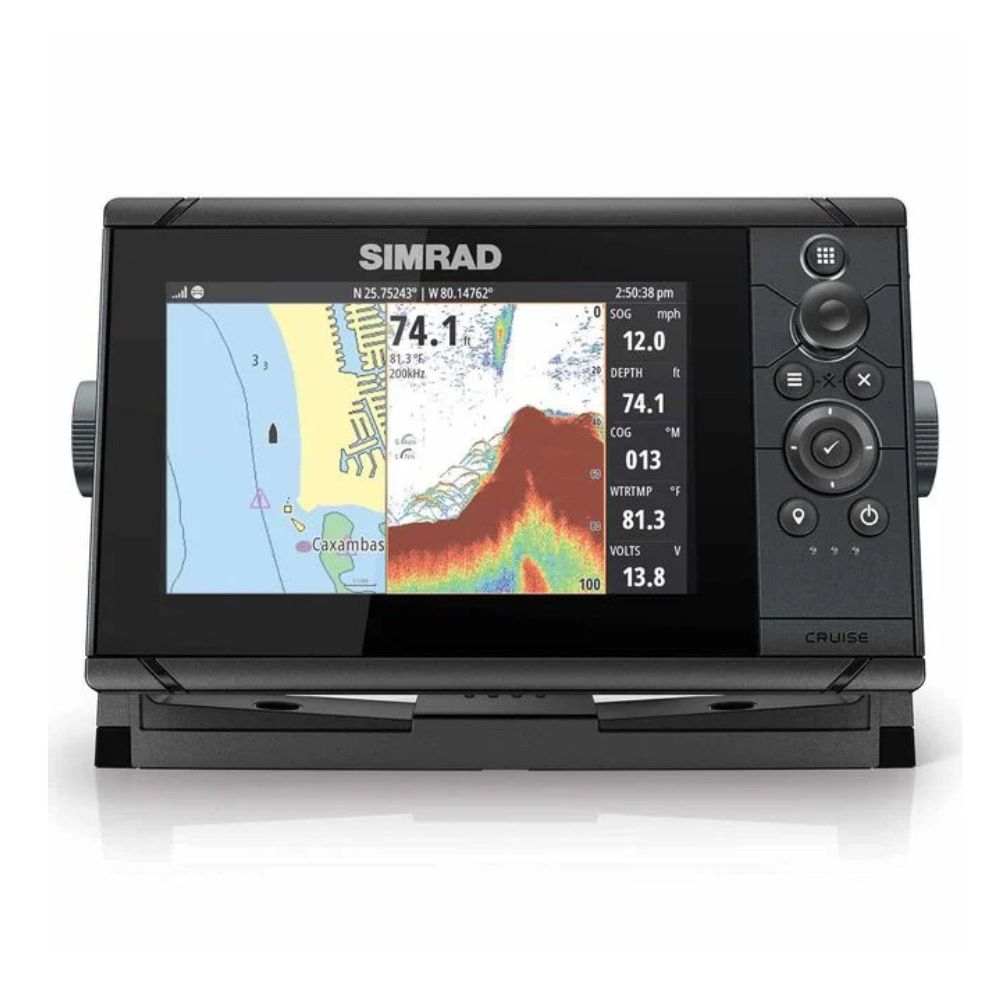
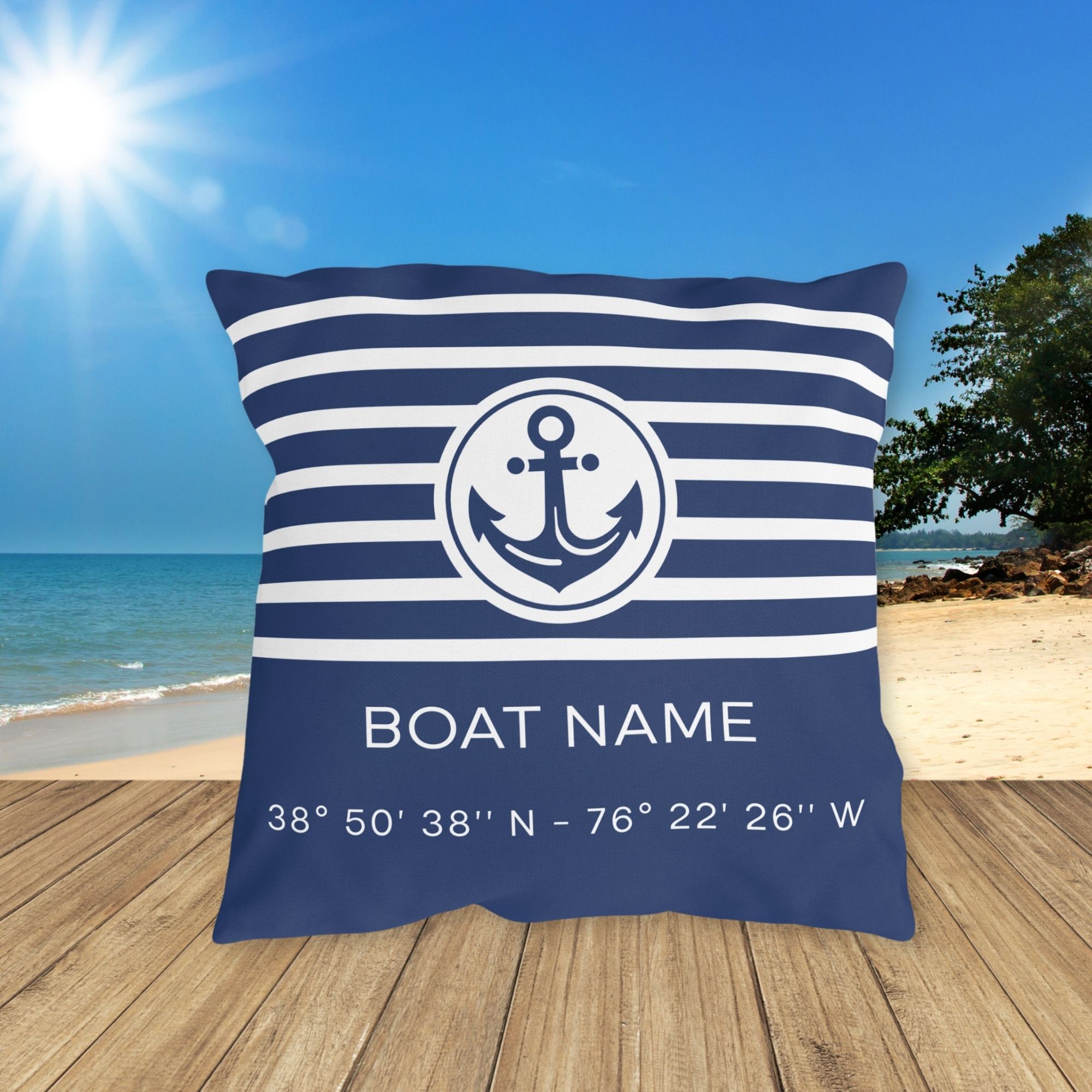
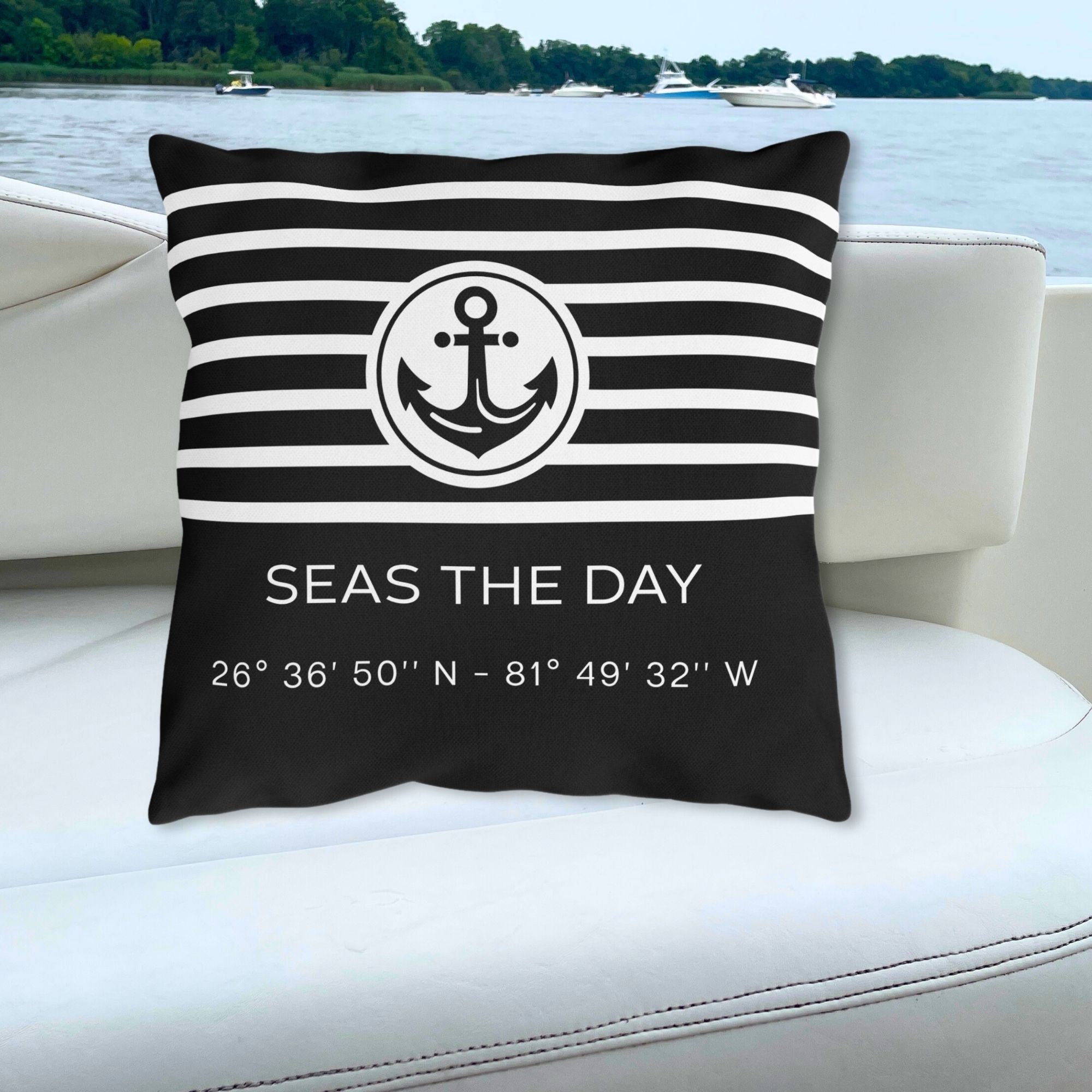
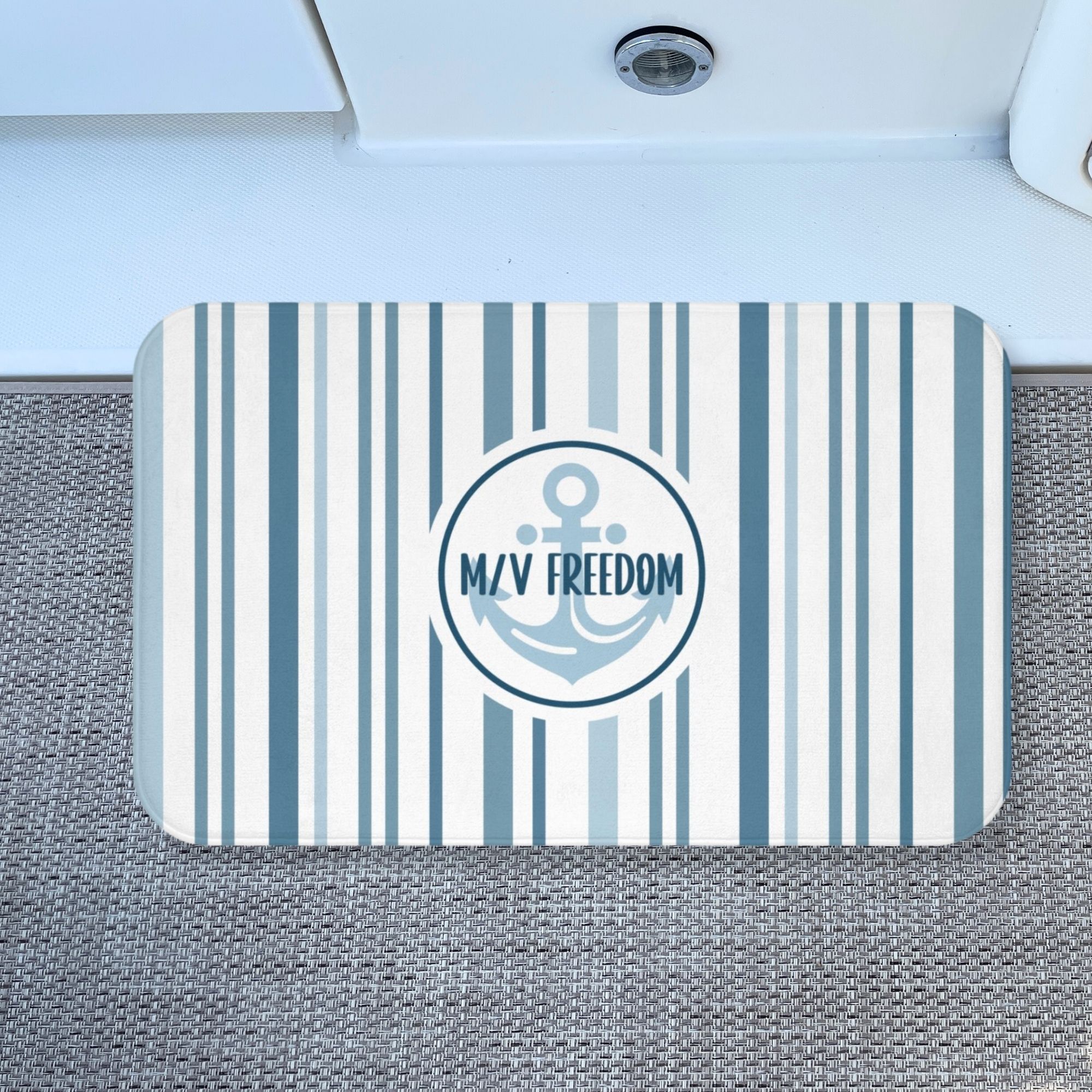
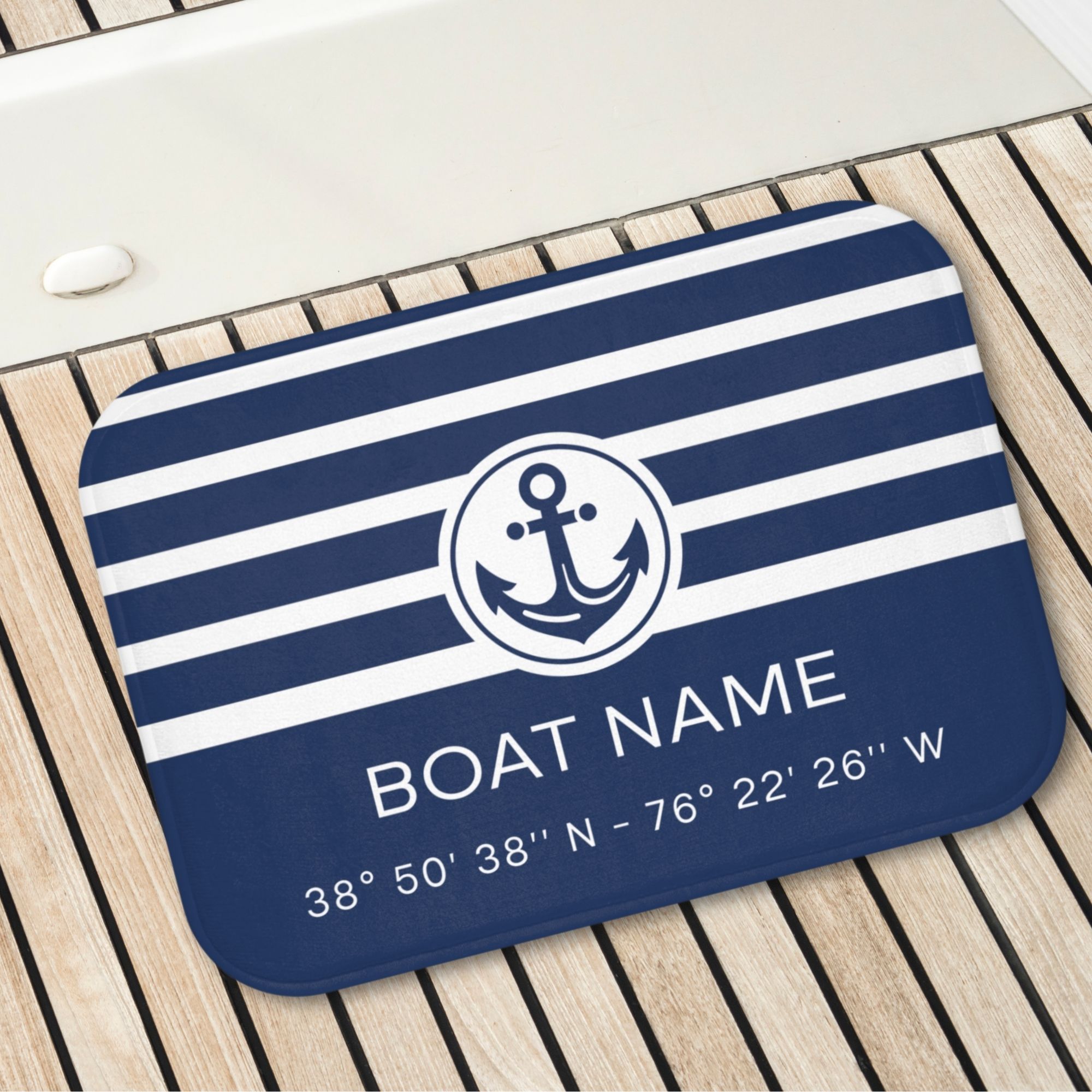
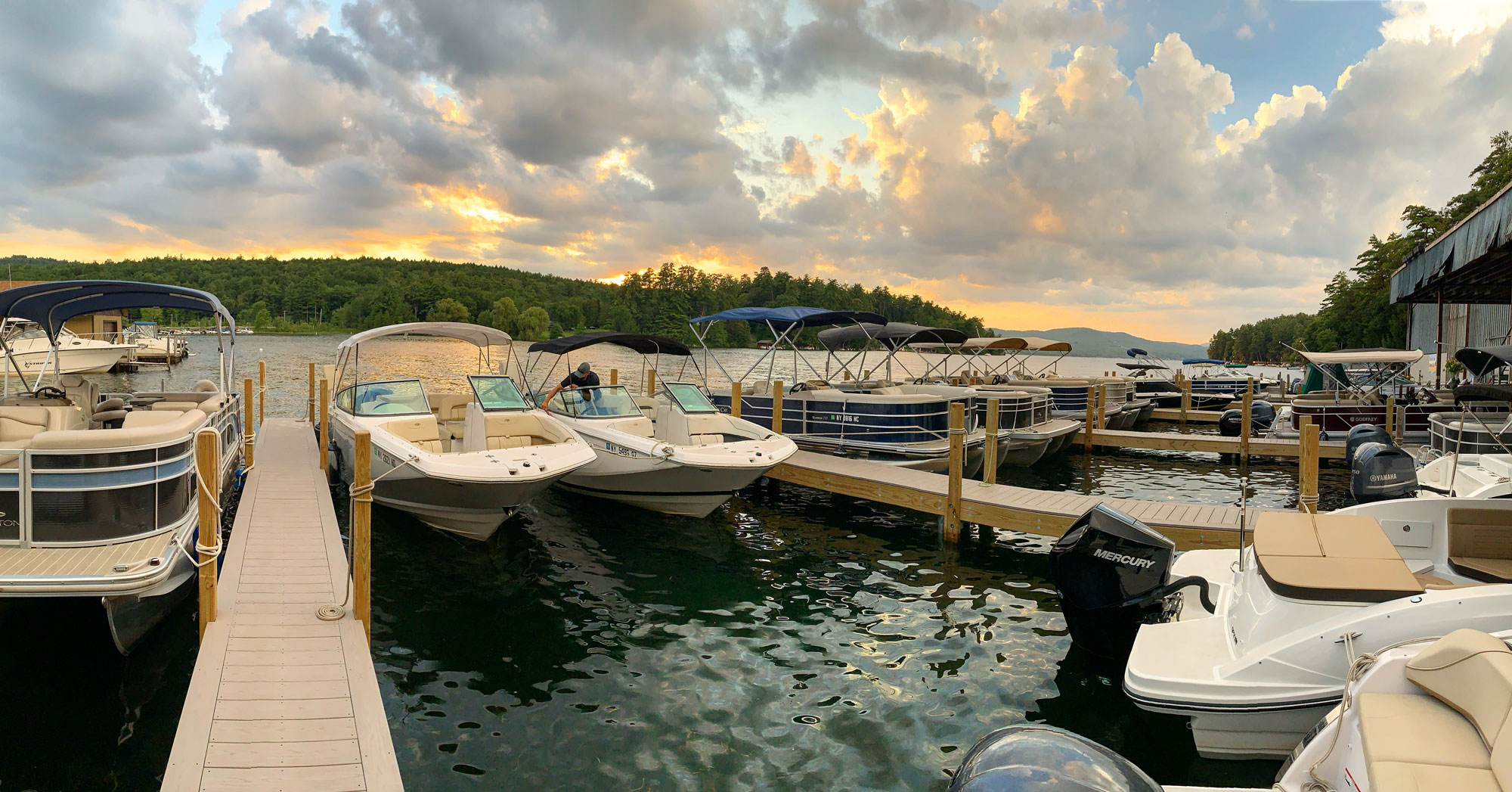
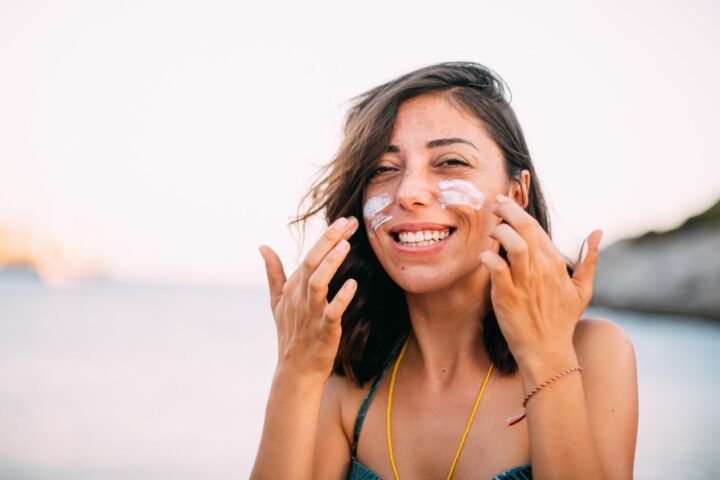
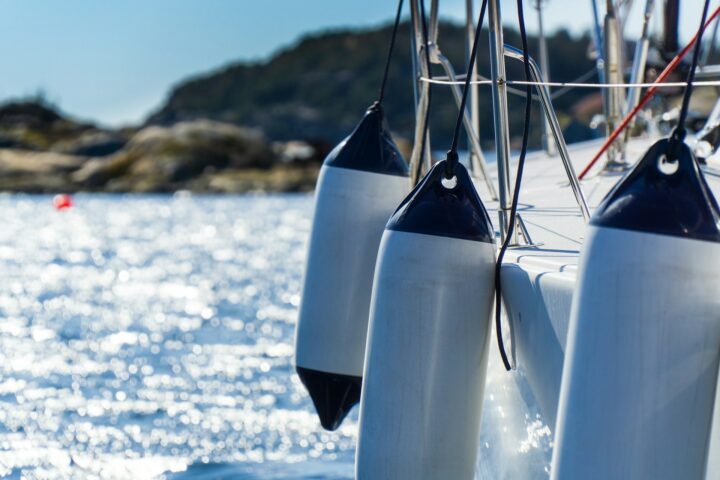
Thank you so much for your feedback. That is exactly why I am such a proponent of checklists for so many purposes!
Safe sailing!
My brother was talking about getting a boat electrician and doing more things to keep the boat a safe place. I think he would love your tip on safety briefings. This is a great way to make sure that everyone is on the same page with being safe.